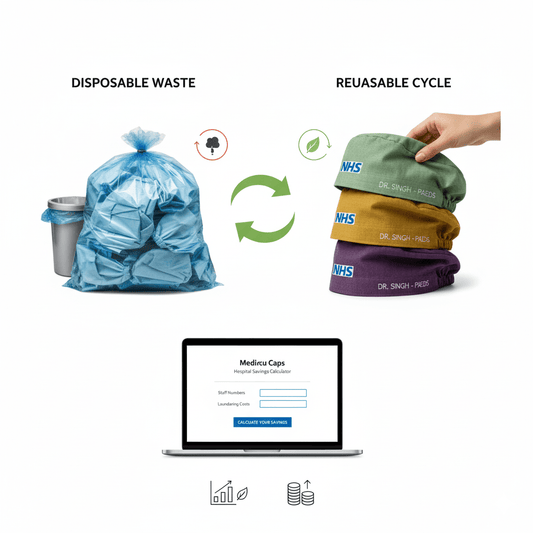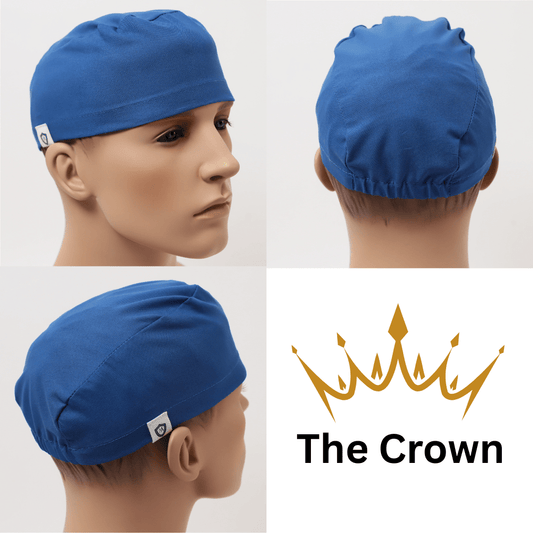
The Personal Protective Equipment at Work Regulations 1992
Introduction to the Personal Protective Equipment at Work Regulations 1992
The Personal Protective Equipment at Work Regulations 1992 are key to workplace safety in the UK. Established by the Health and Safety Executive (HSE), these regulations require employers to provide workers with the right protective equipment to guard against health and safety risks. In fact, these regulations apply across industries, from construction to healthcare, where the risk of injury or illness is particularly high.
The Importance of PPE Regulations
The PPE Work Regulations are essential for preventing injuries and promoting the well-being of employees. Specifically, employers must assess hazards in the workplace and select the appropriate safety gear. This might include helmets, gloves, safety glasses, and hearing protection. Moreover, PPE is designed to protect workers from a wide range of risks, including physical injuries, chemical exposure, and airborne contaminants. For more details, see the HSE PPE guidelines.
Employer Responsibilities for PPE
Furthermore, employers must ensure that PPE is well-maintained and in usable condition. Regular inspections, cleaning, and replacements are crucial to keep PPE effective. In addition, employers should provide training to employees on the correct use, maintenance, and care of PPE. This training is vital to ensure that workers know how to properly wear and look after their protective gear. To learn more about PPE training resources from HSE, check out their comprehensive guide.
Benefits of Following PPE Regulations
Ultimately, the PPE Work Regulations 1992 are part of a wider strategy to minimize workplace risks and maintain a safe environment. By following these regulations, employers not only protect workers but also comply with health and safety standards. This, in turn, creates a safer workplace, reduces accidents, and boosts employee health and productivity. For further information on workplace safety, visit the HSE Workplace Safety page.





